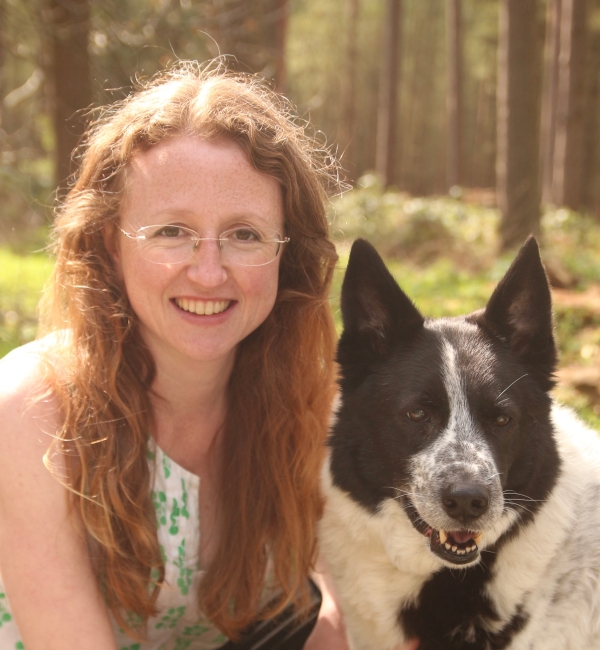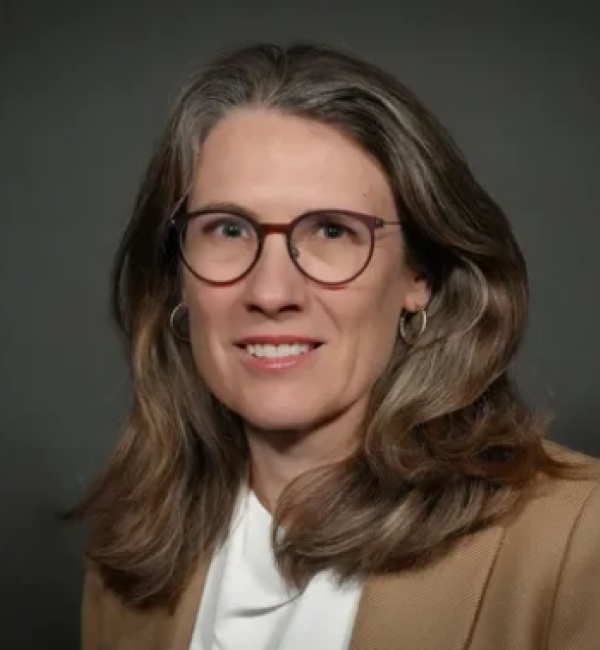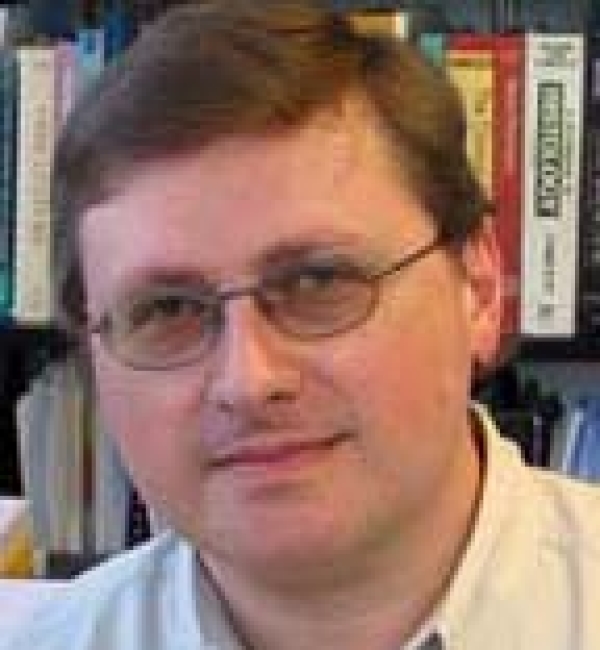| Faculty Name and Picture | Research Area(s) |
|---|---|
|
Alireza Abbaspourrad | Soft Materials, Hierarchical Design of Porous Materials and Micro and Nano Encapsulation-lab |
|
Sarah Caddy | Understanding the protective activity of non-neutralising antibodies; unravel the negative activities of antiviral antibodies; maternal antibodies - Caddy lab |
 Soon Hon Cheong | Postpartum ovarian and uterine health; epidemiology; regenerative medicine; microfluidics and assisted reproductive techniques - Cheong lab |
|
Paula E. Cohen | Etiology of spontaneous birth defects in mammals; mechanisms of meiotic recombination; DNA repair proteins in meiosis and recombination; germ cell development; ovarian development - Cohen lab |
|
Pierre Comizzoli | Reproductive physiology; fertility preservation and control for rare and endangered species; assisted reproductive techniques; cryobiology of gametes and reproductive tissues; biostabilization Faculty member located at the Smithsonian Conservation Biology Institute- works with Smithsonian Joint Graduate Training Program students |
Erin Daughterity | (Minor Member) As a trained, American College of Laboratory Animal Medicine (ACLAM) board certified veterinarian, Dr. Erin Daugherity has a strong interest in animal models of disease, the humane use of animals used in teaching and research, and applying the 3 R’s (reduce, refine, replace) to the use of animals in research. |
|
Brandon Hedrick | I am an evolutionary biologist, comparative anatomist, and ecologist interested primarily in questions relating to ecomorphology and macroevolutionary trends. To address these questions, the Hedrick lab works on the functional morphology of a wide variety of vertebrate groups, including sensory, musculoskeletal, and reproductive systems. We commonly use micro-computed tomographic imaging, contrast-enhanced imaging (e.g., diceCT), evolutionary and biogeographical modeling, and geometric morphometrics. |
|
Mandi de Mestre | processes for a healthy pregnancy and delivery of a neonate, pathologies that compromise pregnancy. Improve diagnostics and treatments for pregnancy conditions, primarily in the mare |
|
Arunika Das | genetic and epigenetic mechanisms of chromosome inheritance and aging during meiosis and early development. |
 Mariana Diel de Amorim | equine theriogenology; equine maternal recognition of pregnancy; equine endometritis |
|
Callum Donnelly | Theriogenology, equine genomics/ epigenomics, pregnancy/placental physiology, Vitamin E |
|
Jongmin Kim | Gene silencing in germ cells. - chromatin structure and transcriptional fidelity in spermatogenesis. |
|
Siu Sylvia Lee | Molecular genetics of aging; signaling pathways of nutrient sensing; molecular basis of stress response - Lee lab |
|
Marla Lujan | Nutritional regulation of fertility; endocrinology and metabolism; polycystic ovary syndrome; ultrasonography - Lujan lab |
|
Alexander Nikitin | Stem cells and cancer; pathogenesis of ovarian and prostate cancers; modeling of human disease in genetically modified mice and human organoids - Nikitin lab |
|
Kimberly O'Brien | Calcium metabolism and bone health; control of maternal/fetal nutrient; partitioning and cellular mineral transport; micronutrient status in international settings; development of mass spectrometric methodology; pediatric bone health; pregnancy and mineral metabolism in adolescents - O'Brien lab |
|
Ned J. Place | Mammalian reproductive biology with a focus on the life history of trade-offs associated with timing of hormone secretion and reproductive effort; sexual differentiation; female reproductive aging - Place lab |
 Vimal Selvaraj | Pluripotency and stem cells; regenerative medicine; animal biotechnology; technologies for wildlife conservation - Selvaraj lab |
|
Marcus Smolka | Cell signaling and genome maintenance; DNA replication stress; phosphoproteomics |
|
Nucharin Songsasen | Reproductive biology; cyrobiology; wildlife conservation Faculty member located at the Smithsonian Conservation Biology Institute- works with Smithsonian Joint Graduate Training Program students |
 Alexander J. Travis | Comparative biology of male germ cells; signaling and metabolism of sperm during capacitation; organization of lipid raft membrane sub-domains in sperm; applications of technologies using reproductive stem cells for wildlife conservation - Travis lab |
 Robert S. Weiss | Molecular mechanisms for the maintenance of genomic stability; cellular responses to DNA damage; mouse models of human cancer - Weiss lab |
|
Mariana Wolfner | Genetic, molecular, developmental, and evolutionary studies of seminal proteins' functions in fertility, and of mechanisms of egg activation and initiation of embryogenesis; investigate conserved phenomena in reproductive biology, using primarily the Drosophila model system - Wolfner lab |




















